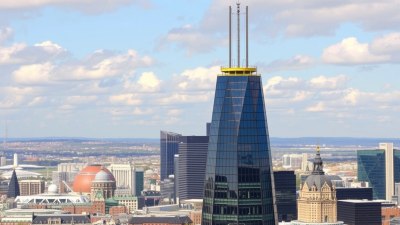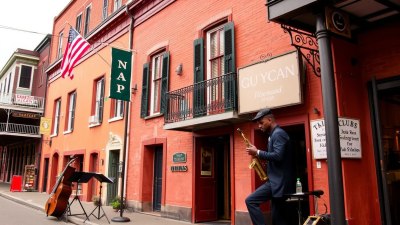Why Walking is the Best Way to Truly See a City
Slow down, look around, and experience a city the way it was meant to be explored - on foot.

Image by prostooleh on Freepik
In a world of high-speed travel, taxis, and public transport, it’s easy to forget the simplest way to explore a city: walking. While buses and trains get you from point A to point B, they often make you miss everything in between. Walking is the only way to fully immerse yourself in a city’s atmosphere, architecture, and daily rhythms. Whether you’re strolling down cobblestone streets, wandering through a bustling market, or getting lost in a historic neighborhood, walking allows you to see, hear, and experience a place in a way no other mode of transport can.
Every Street Holds a Story
When you walk, you notice things you’d never see from a car window. A tucked-away café with the perfect espresso, an old bookstore filled with hidden gems, a street musician playing a song that stops you in your tracks—these are the moments that make travel unforgettable. Walking lets you absorb the little details, from the scent of fresh bread wafting from a bakery to the intricate designs on centuries-old buildings. The beauty of a city isn’t just in its landmarks—it’s in the everyday moments unfolding on its streets.
You Can Go at Your Own Pace
Unlike taxis or public transport, walking gives you complete freedom. There’s no schedule to follow, no stops to wait for, and no need to rush. You can slow down to take photos, stop for a spontaneous coffee break, or change direction whenever something catches your eye. This kind of unstructured exploration often leads to the best travel experiences—those unexpected finds that aren’t in any guidebook.
Walking Helps You Understand the Layout of a City
Getting around by subway or bus can be efficient, but it disconnects you from a city’s geography. Walking gives you a better sense of direction, helping you understand how different neighborhoods connect and how locals navigate their daily lives. When you rely on underground trains or rideshares, you often miss the way a city flows—its shortcuts, its scenic routes, and the transitions between different districts. Walking makes a place feel smaller, more familiar, and easier to navigate.
You See a City Through a Local’s Eyes
Tourists often stick to the same well-worn paths, but when you walk, you get a glimpse of local life. You pass people heading to work, families enjoying a park, and shop owners setting up for the day. You can pop into a neighborhood market, stop at a tiny street vendor for a snack, or sit on a bench and watch life unfold. Walking lets you experience a city the way its residents do—on the ground, at street level, in real time.
Hidden Gems Are Easier to Find
Some of the best travel discoveries happen when you’re on foot. A side street with colorful murals, a rooftop bar you’d never spot from a taxi, a quiet square perfect for people-watching—these places are easy to miss if you’re moving too fast. Walking encourages serendipity; it invites you to wander, explore, and find surprises around every corner.
It’s Free and Eco-Friendly
Transportation costs can add up quickly when traveling, but walking is the ultimate budget-friendly option. No tickets, no fares, no surge pricing—just your own two feet. Not only does walking save money, but it’s also one of the most eco-friendly ways to travel, reducing your carbon footprint while allowing you to experience a city in its purest form.
Walking Engages All Your Senses
When you walk, you don’t just see a city—you feel it. You hear the sounds of a bustling market, smell street food sizzling on a grill, and touch the rough stone walls of an ancient building. Walking connects you to a place in a way that riding in a vehicle never can. Instead of watching a city pass by through a window, you become part of the scene, fully engaged with your surroundings.
It’s Good for Your Health (and Your Energy Levels)
Travel can be exhausting, but walking actually helps boost your energy. A long day of sightseeing by car or bus often leaves you feeling sluggish, while exploring on foot keeps you active and engaged. It’s a natural way to stay fit while traveling, and it helps combat jet lag and stiffness from long flights. Plus, after indulging in local cuisine, a long city walk is the perfect way to balance it out.
Walking Is the Best Way to Explore
While other forms of transport have their advantages, nothing beats walking for truly experiencing a city. It allows you to move at your own pace, discover hidden gems, and connect with local life in a way that no taxi or subway ride ever could. Whether you’re wandering through historic streets, strolling along a waterfront, or getting lost in a maze of alleyways, walking isn’t just transportation—it’s an adventure.
Next time you visit a new city, put away the map, step outside, and start walking. You never know what you might find.











